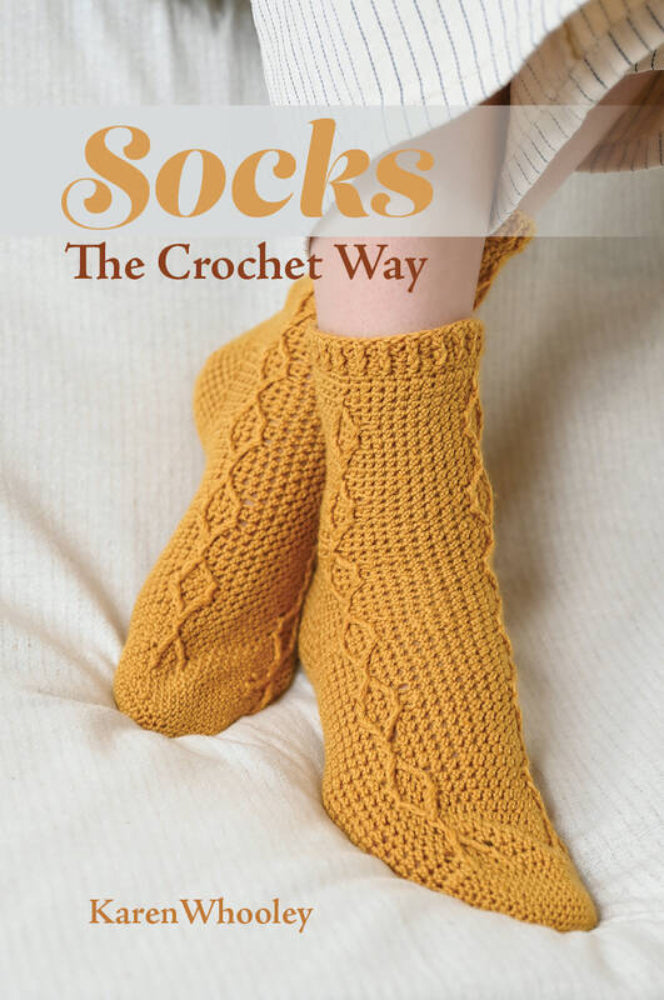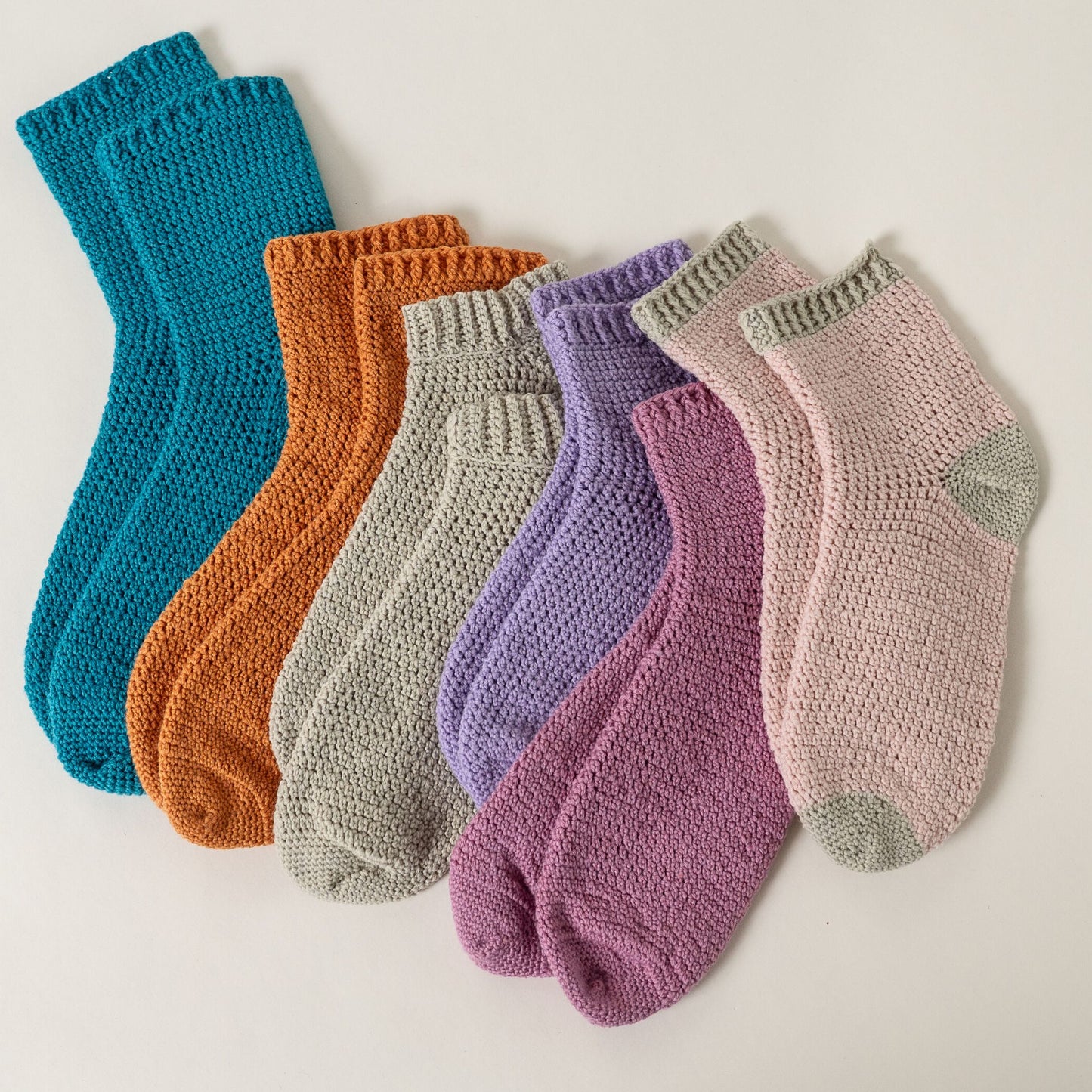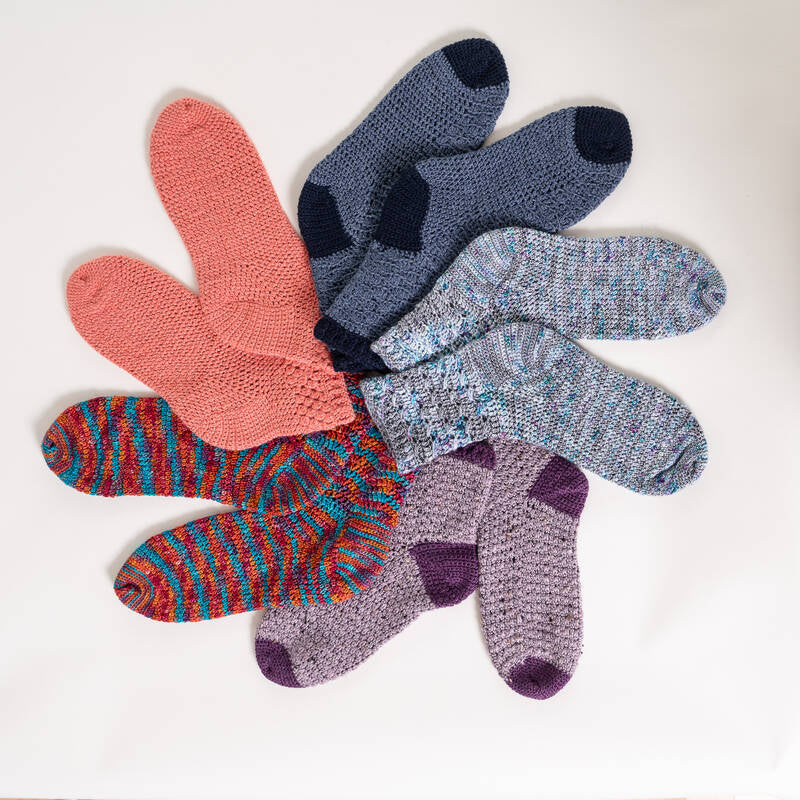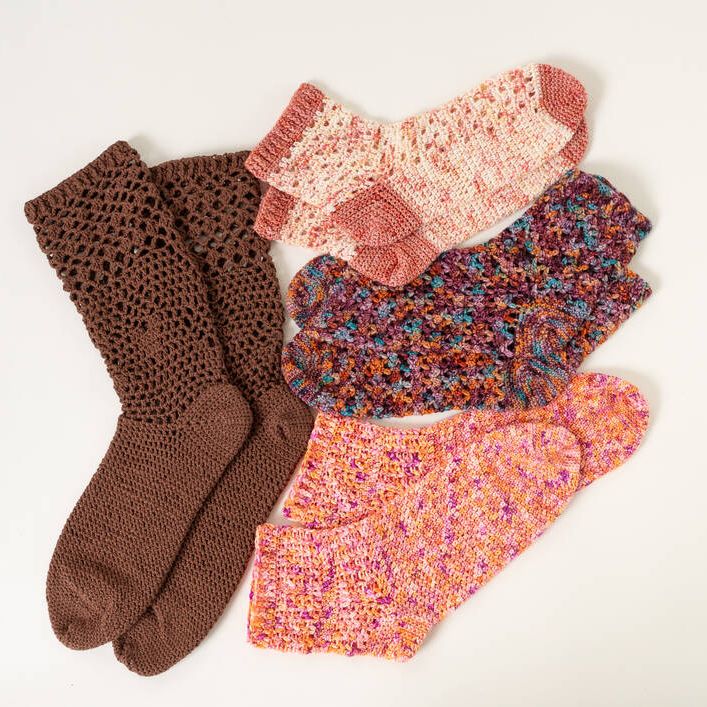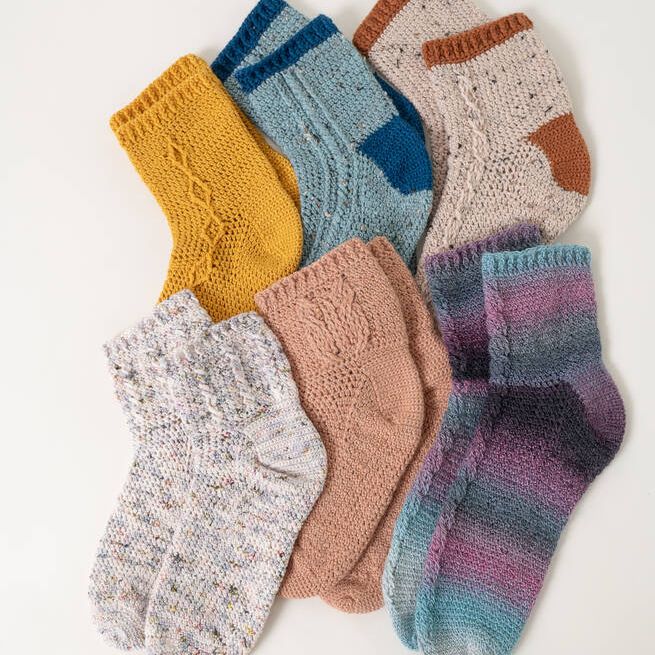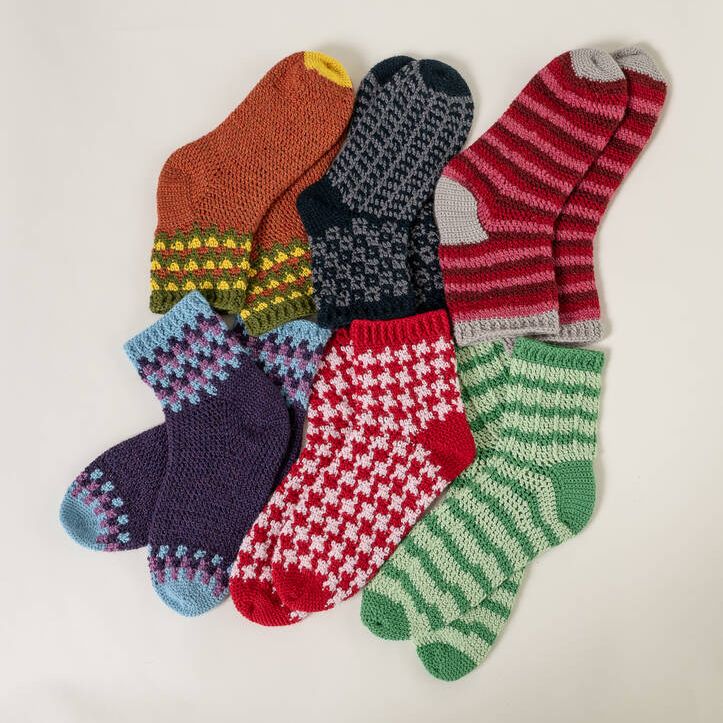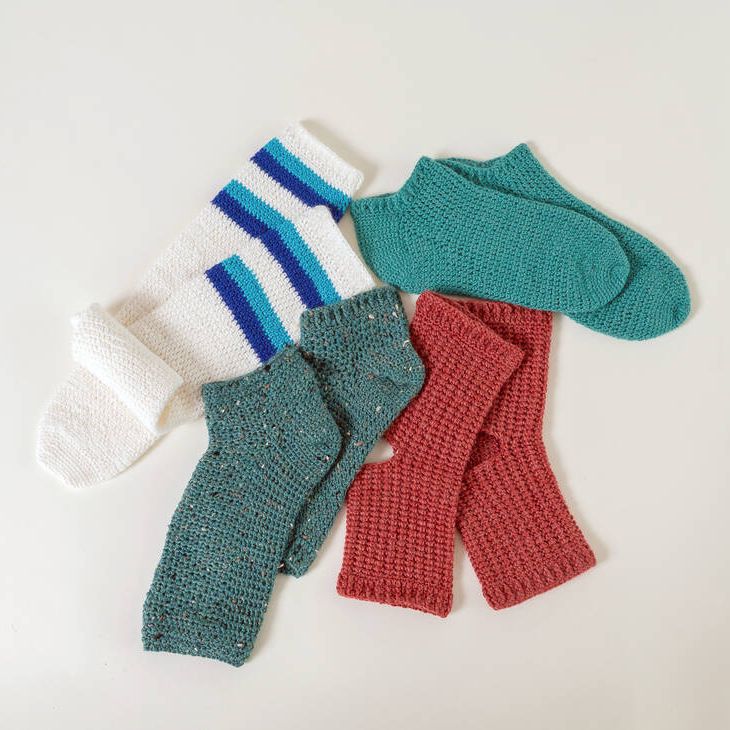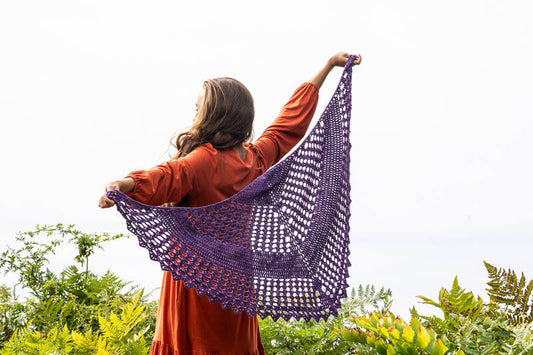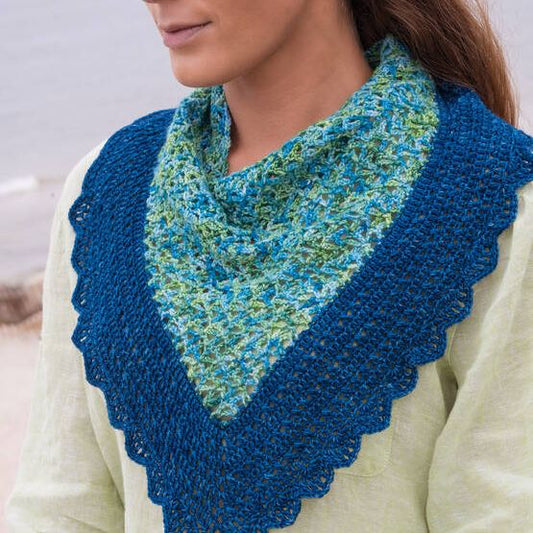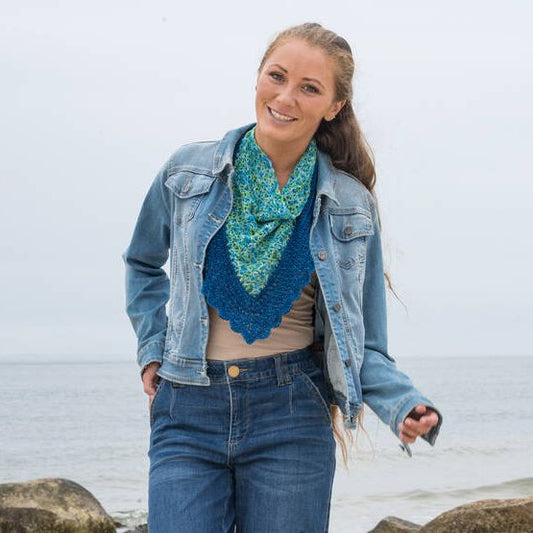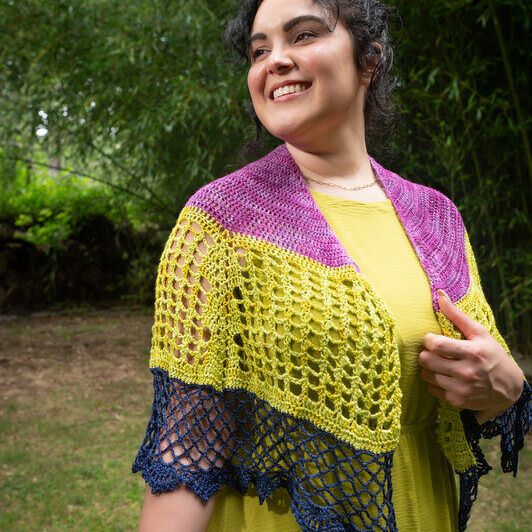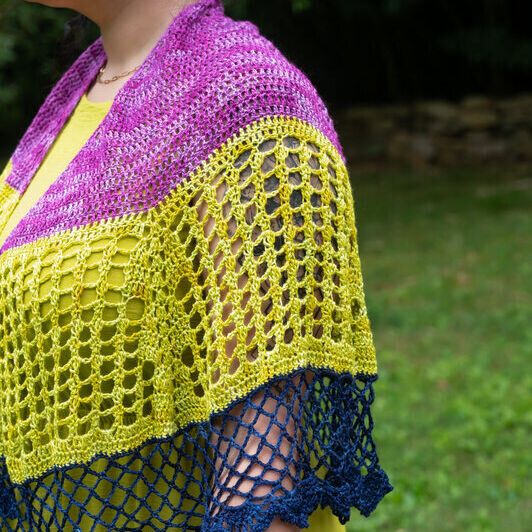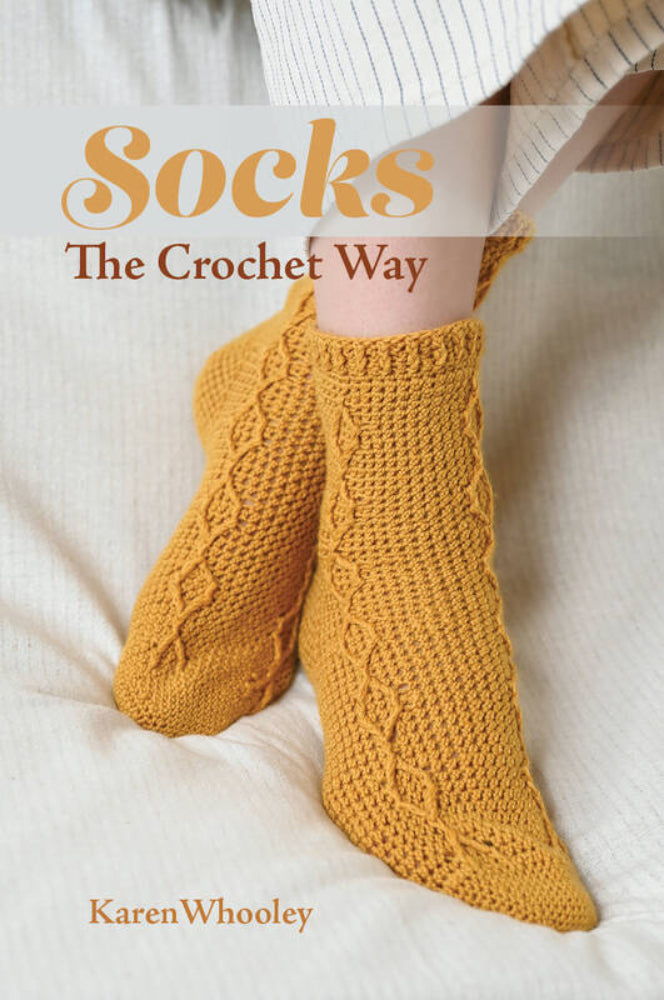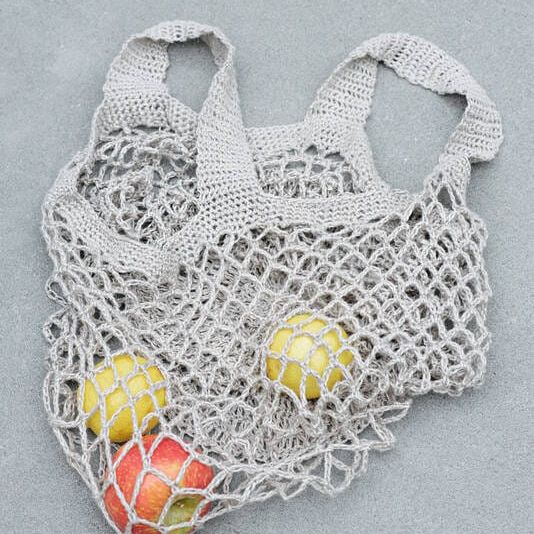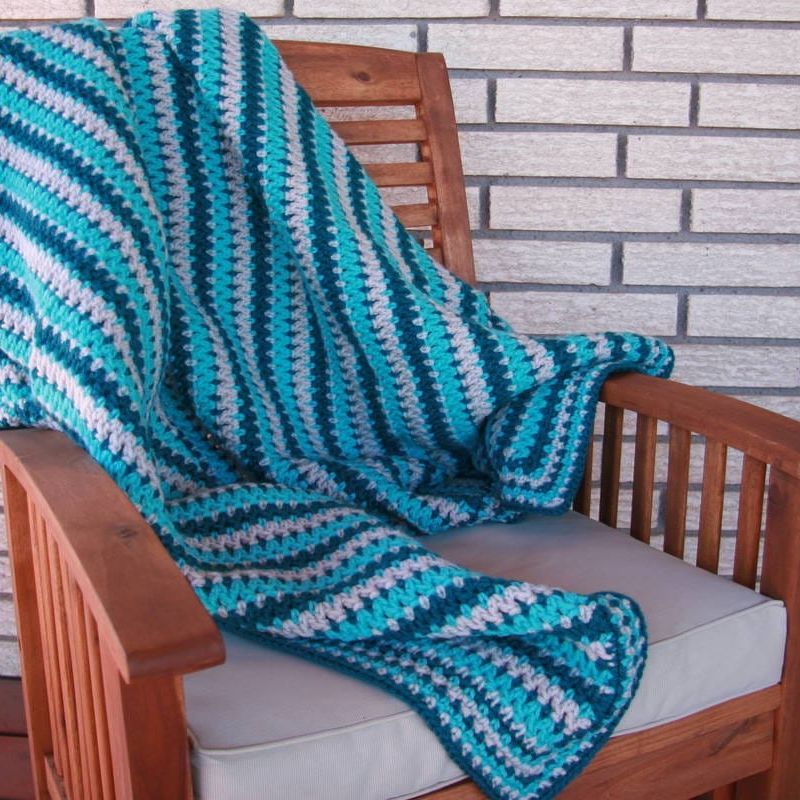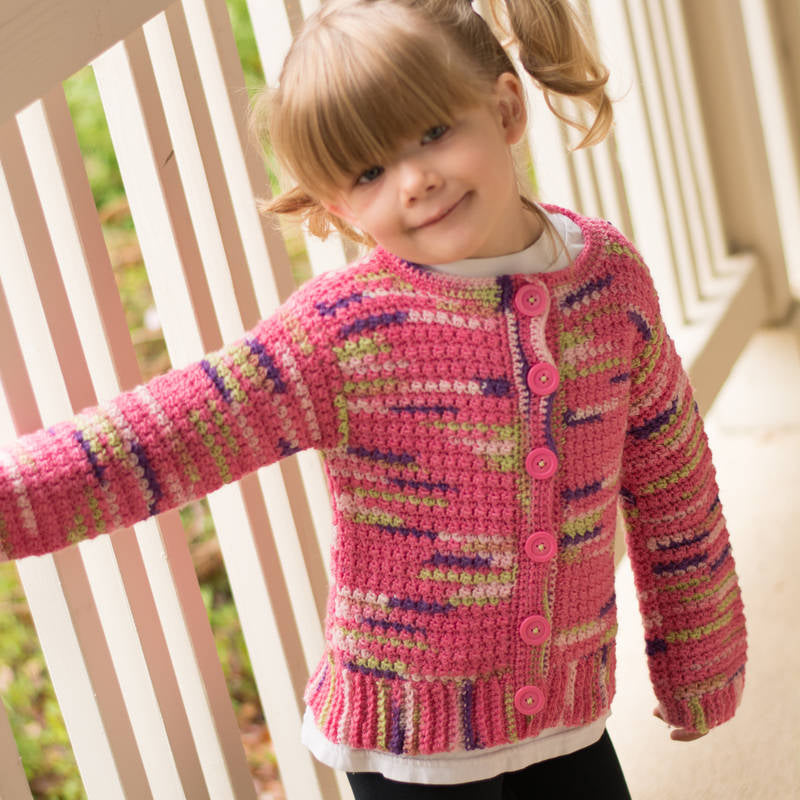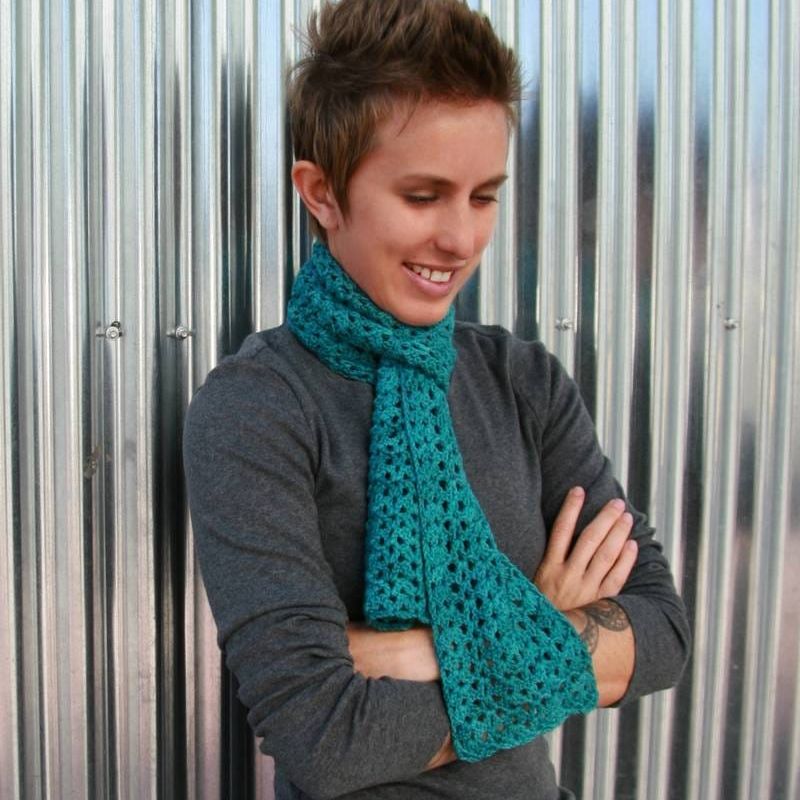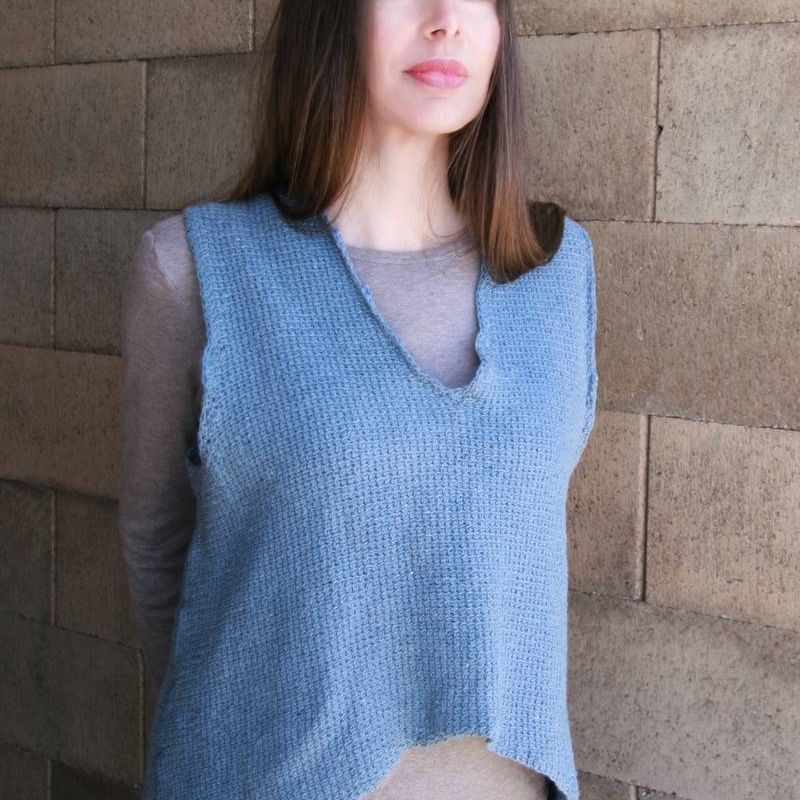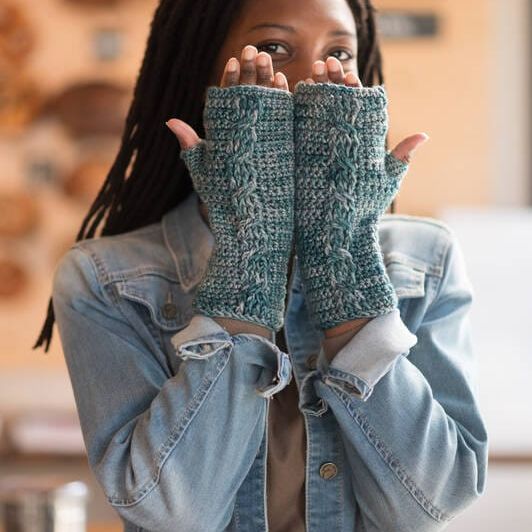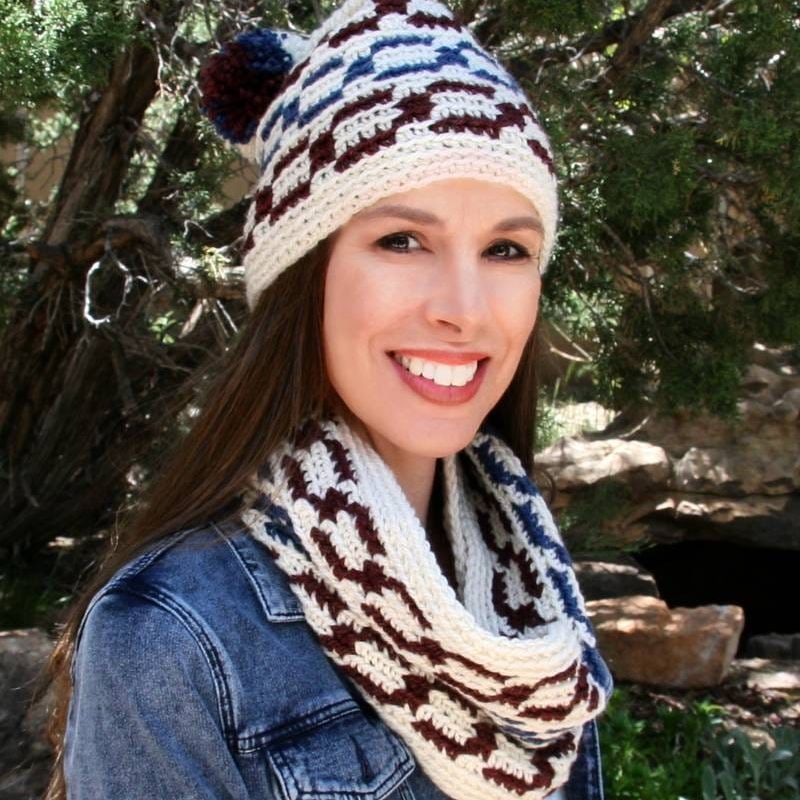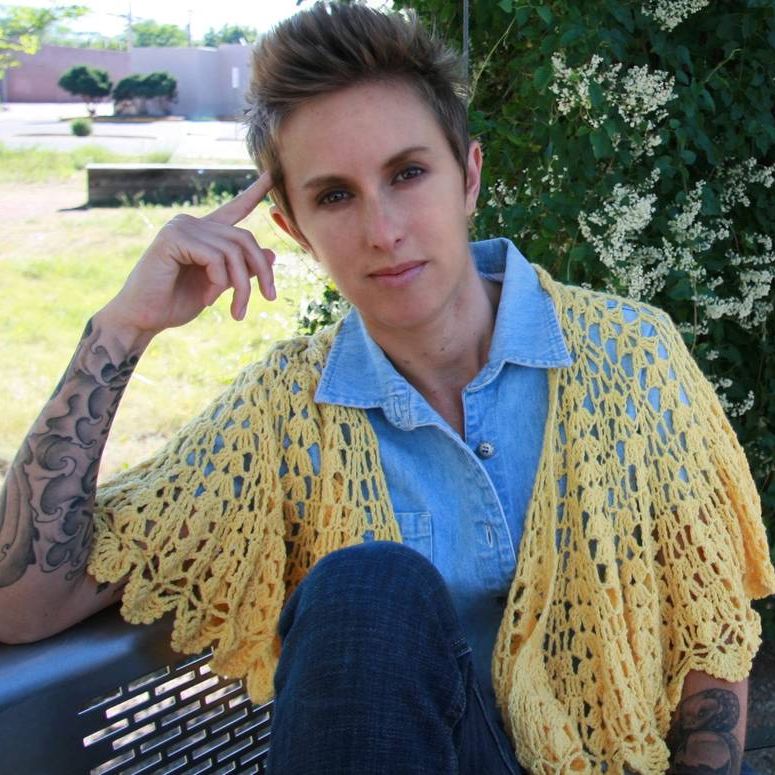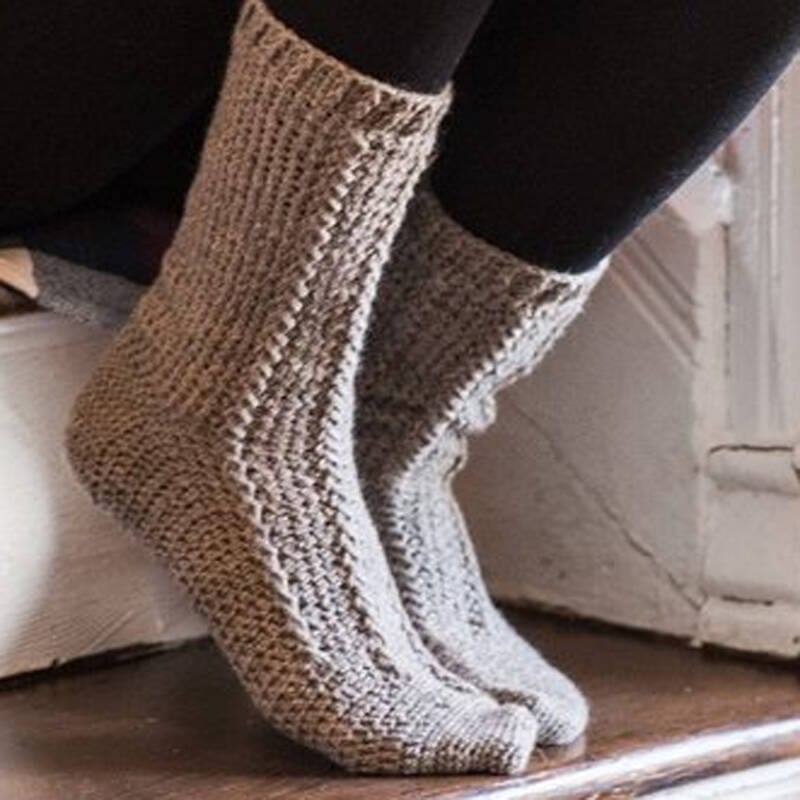
Expedition:Fiber Alaska 2026
Join me June 13-20, 2026 for an Alaskan Cruise with Crochet!
NEW IN THE SHOP
-
Wanderlust Wrap
Regular price $8.00 USDRegular price -
Ocean Charm Cowl
Regular price $8.00 USDRegular price -
Solar Flare
Regular price $8.00 USDRegular price

At Karen Whooley Designs, everything I create comes from a deep love for crochet and the belief that it should be joyful, not stressful. My goal is to help you make beautiful things with confidence, no matter your skill level.
I specialize in fingering and lace weight yarns because they bring such elegance and drape to every piece. But here’s the secret: working with lighter yarns doesn’t have to be hard! With clear guidance and approachable designs, you’ll be amazed at what you can make.
Education and lifelong learning are at the heart of what I do. Whether you’re following a pattern, taking a class, or joining a community event, you’ll always have my full support every step of the way.
Every pattern I release meets industry standards, and each one is professionally tech edited and tested, because you deserve patterns you can trust.
At the end of the day, my mission is simple: to make crochet fun, accessible, and inspiring for everyone.
CHECK OUT MY ZOOM WORKSHOPS
-
Laying The Groundwork: Foundation Frenzy
Regular price $49.00 USDRegular price -
Decipher the Code
Regular price $49.00 USDRegular price -
Let's Do the Twist! Crochet Cables Masterclass
Regular price $69.00 USDRegular price -
Crochet Lace Basics
Regular price $69.00 USDRegular price
Socks The Crochet Way
Share
